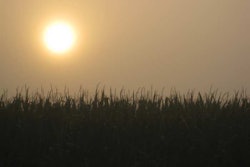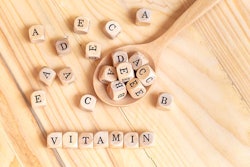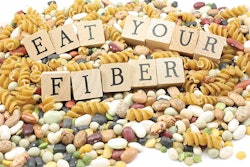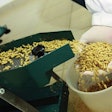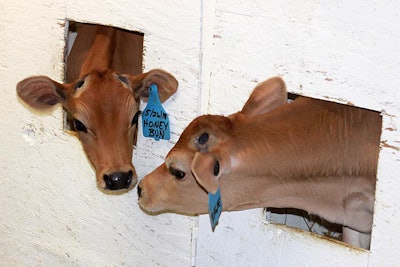
In dairy-farming operations, 50 percent of the calves are males, which are passed to a grower or another internal operation. The growth of these male calves is a matter of balancing cost, as their meat is often not valued as much as meat from pure beef cattle. So, spending good money on high-end feeds is not a priority in the minds of most dairy male calf growers, although an early push can result in a faster and more efficient end, but that is another discussion.
We can now focus on the remaining 50 percent of calves that are heifers with the potential to replace the existing dairy cows — an essential part of the life cycle in every dairy farm. These calves are started on liquid milk replacer, that can be of variable quality, and a dry starter feed that can be texturized, pelleted or in meal form. There is a difference in costs, even though formulas can be quite similar. Texturized feeds are most expensive, whereas meal starters are not recommended by most authorities as they tend to limit intake. Thus, most heifers are given a pellet, which is good and right, according to scientific evidence.
Commercial experiences call for superior intake for texturized feeds, and this has drawn the attention of dairy farmers who value rapid growth of their heifers, as this can lead to higher milk yield in the first lactation period. In addition, the sooner heifers start eating dry feed, the less milk powder they will consume, and the sooner they will start consuming forage.
Thus, in my opinion, it is best to evaluate the cost of feeding based on total feeds consumed (milk powder, starter feed and forage) until heifers are weaned, as opposed to the current, usual practice of comparing prices of milk, starter feed and forage separately. If one component is more expensive, like a texturized starter feed, and leads to lower intake of the most expensive component, like milk powder, and ultimately a faster weaning time (meaning less overall consumption of the starter and milk powder), then this is an investment and not an expense.


